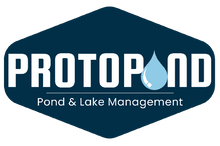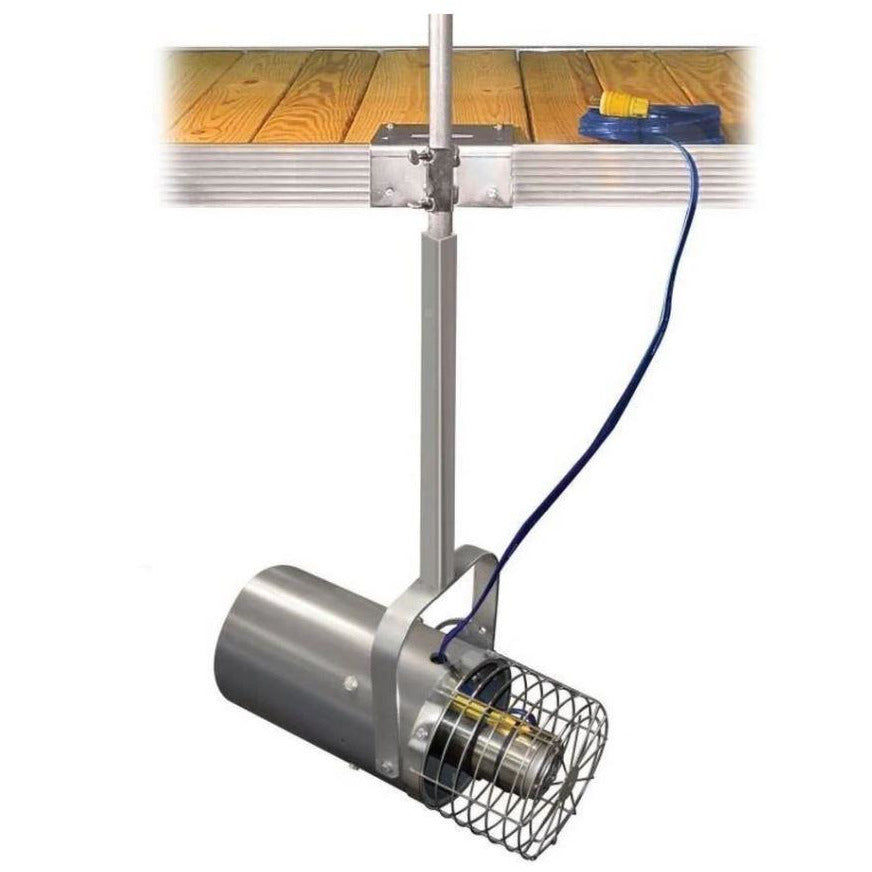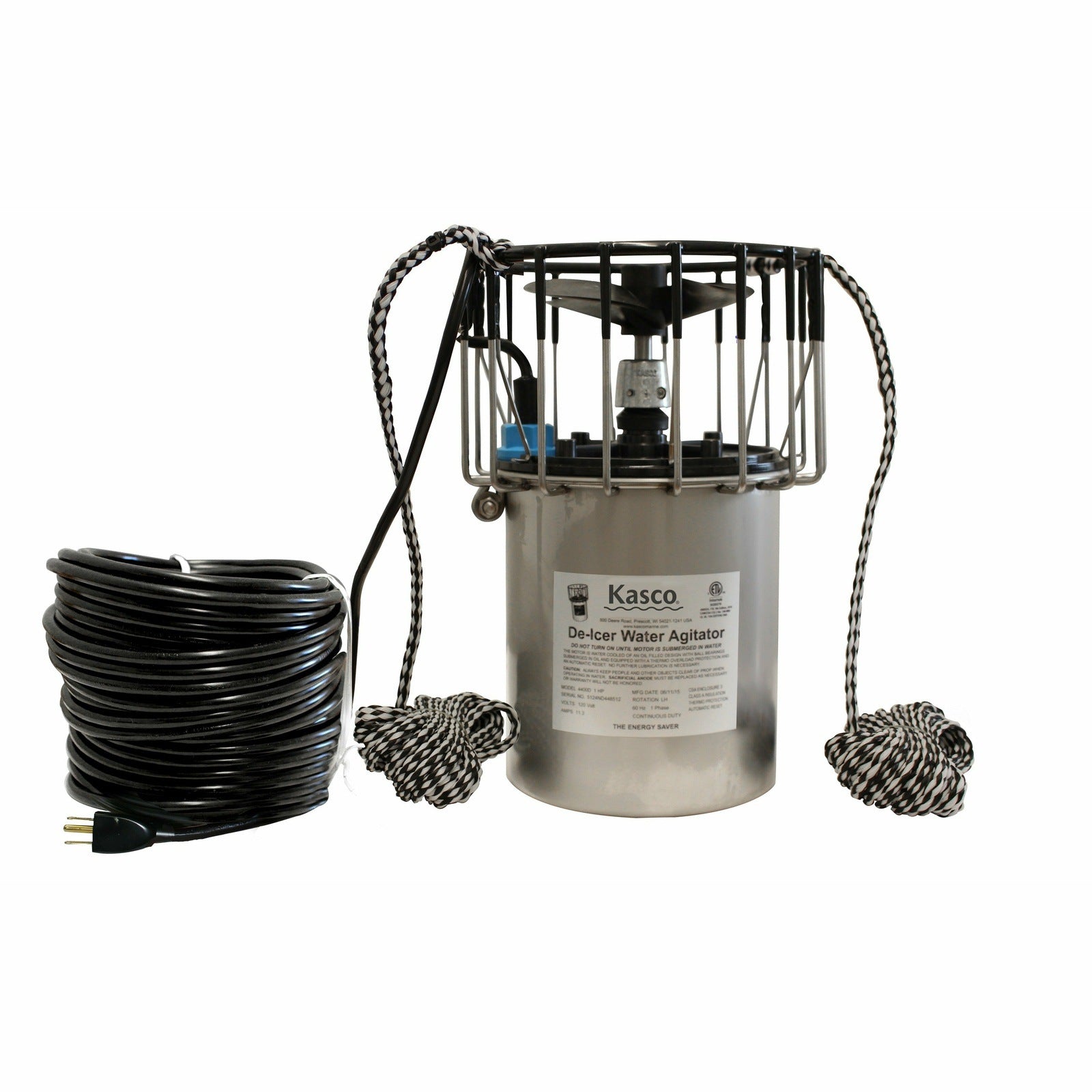Have you ever noticed a stagnant pond with murky water and unpleasant smells? This often indicates a lack of oxygen, a crucial element for healthy aquatic life. This is where water aeration comes in, acting like the lungs of your pond or aquarium, ensuring proper oxygen circulation and a thriving ecosystem.
What is Water Aeration?
Water aeration refers to the process of increasing the dissolved oxygen (DO) content in water. Think of it like stirring still water to incorporate air bubbles, which then dissolve into the water.
Why is oxygen so important in water?
Just like us, fish and other aquatic creatures rely on oxygen to survive. It's essential for their respiration, growth, and overall well-being. However, water naturally loses oxygen over time due to various factors like:
- Decomposition of organic matter: Leaves, dead plants, and other organic materials decompose, consuming oxygen in the process.
- High temperatures: Warmer water holds less dissolved oxygen.
- Lack of surface agitation: Still water allows less oxygen exchange between the air and the water.
What happens If your pond is not aerated enough?
- Water separates into layers: Warm, oxygen-filled water stays on top, while cold, oxygen-poor water sinks down.
- Fish can die: In colder months, the layers mix, causing oxygen to disappear, harming fish.
- Muck builds up: Without oxygen, good bacteria can't clean the pond, leading to a smelly layer of muck.
- Algae and other problems grow: This muck provides food for unwanted plants and insects, making your pond unhealthy and unpleasant.
By keeping your pond aerated, you can prevent these problems and keep your pond healthy and beautiful.
How do you Aerate a Pond?
There are several ways to introduce oxygen into your water:
1) With Surface Aerators:
- These are the most common and visually appealing options.
- They work by creating movement on the water's surface, like a fountain or waterfall.
- This movement increases air-water contact, allowing oxygen to dissolve naturally.
Benefits: Suitable for most pond sizes, aesthetically pleasing, and relatively simple to install.
Drawbacks: May not be as efficient in deep ponds or during colder months.
2) With Air Diffusers:
- These rely on air pumps to pump air through diffusers located at the bottom of the pond.
- The diffusers break down air into tiny bubbles, increasing the surface area for oxygen absorption.
Benefits: Efficient for deeper ponds and colder climates and can be customized to specific pond shapes.
Drawbacks: Requires an air pump and electricity and may not be as visually appealing as surface aerators.
Benefits of Water Aeration:
The benefits of proper water aeration are numerous:
- Improved water quality: Increased oxygen levels help break down organic matter, reducing waste and promoting healthy bacteria growth, leading to clearer and cleaner water.
- Enhanced fish health: Fish become more active with sufficient oxygen, leading to better growth, improved immune function, and reduced stress.
- Reduced algae growth: Aeration helps control unwanted algae by promoting the growth of beneficial bacteria that compete for nutrients.
- Prevents fish killings: Stagnant water with low oxygen levels can lead to fish suffocating. Aeration helps prevent it.
- Promotes plant growth: Aquatic plants also require oxygen for respiration and various other functions. Proper aeration ensures a thriving ecosystem.
Conclusion
A healthy pond requires more than just beautiful fish and vibrant plants. Maintaining optimal oxygen levels is crucial for the entire ecosystem's well-being. By understanding the factors influencing your pond's natural aeration, you can take informed decisions.
Implementing appropriate supplementary aeration strategies if necessary, such as surface aerators or air diffusers, can make a significant difference. Remember, a well-aerated pond translates to healthy fish, thriving plants, and a vibrant ecosystem, allowing you to enjoy your backyard oasis for years to come.












